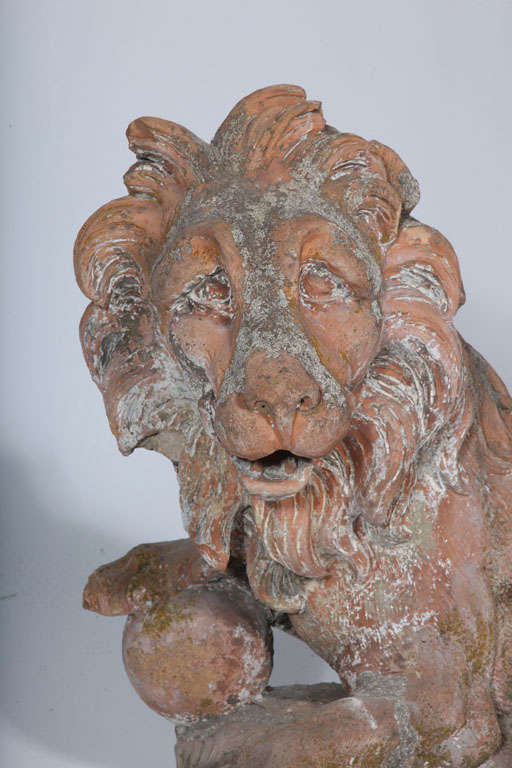

It's contrasted by the bust of her husband, which depicts him as he was at the time of creation, two years before his murder. The "talking statue" depicts her in her long-gone prime.

Which is why Living Statue is a busy Super-Trope, covering Our Gargoyles Rock, Living Figurehead, Eenie, Meenie, Miny Moai, and technically Snowlems and Scary Scarecrows. There are many different types of statues made for different purposes by different cultures in different periods from different materials. Gargoyles and other grotesques are the prime example of this phenomenon. While the creature may not be meant to be a living statue, the association is a strong one and fiction may choose to merge the two. Another noteworthy case of living statues occurs when a mythological creature is exclusively present in history as a statue. note The origin of this appears to be Gunga Din, which doesn't feature a living statue but does create an association between Kali(like) statues and the occult. Kali statues are a notable example of that, foregoing the actual goddess in favor of her image. Living statues are a common occurrence in European or American action stories set outside of the West because they make for recognizable creatures that still come across as native to the setting. In some cases, the statue doesn't just anchor the soul, but is what calls it back from the dead. Think of it as a statue being in a permanent state of Astral Projection. This always requires the statue to be of the soul's owner. A special case is when the statue doesn't necessarily house the soul, but does serve as its anchor.

The latter is particularly likely to happen between the statue likeness and the soul of the same person. In case the origin lies with the statue, a regular statue is cursed, enchanted, or haunted. How a living statue comes to be differs per story. The size of living statues and the material they're made from, which is usually stone or metal, means immense strength and endurance are a likelihood as long as the Conservation of Ninjutsu is not in effect. Common roles they fulfill are as guardians of places of importance, as doomsday devices Hidden in Plain Sight, and as (wanted or unwanted, but Always Female) romantic partners. Living statues are a varied league of fantastic artificial creatures.


 0 kommentar(er)
0 kommentar(er)
